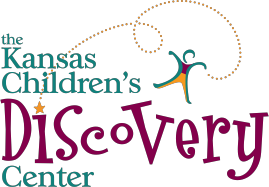Things Just Got Messy
We could all recognize it – the suspicious silence that comes after the giggles and glee of play. We all know the hidden message: things just got messy. Whether it’s bright paint that has spilled new hues into the neutral color scheme or slime that has seeped into the cracks and crevices of the couch, play can be messy. So, why should we risk it? When there are so many mess-free alternatives, why should we set ourselves up for the inevitable mess?
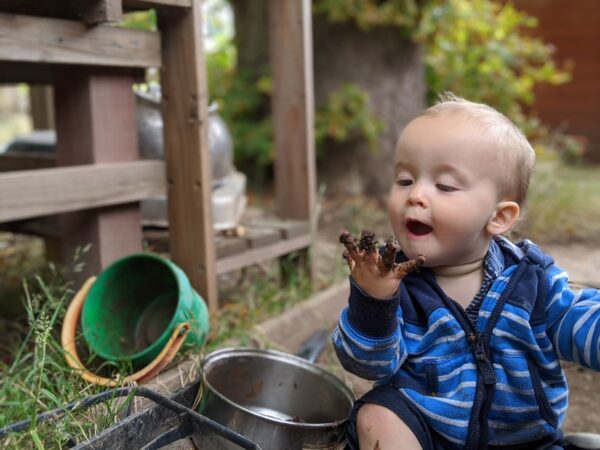
There’s a Method to Our Mess
Messy play is one of the best ways to encourage open-ended learning opportunities. Researchers from the National Center on Early Childhood Development, Teaching and Learning attest to the developmental benefits of messy play, stating that it is “one of the best integrated learning experiences young children can have” (“Designing Messy Play for Infants and Toddlers”).
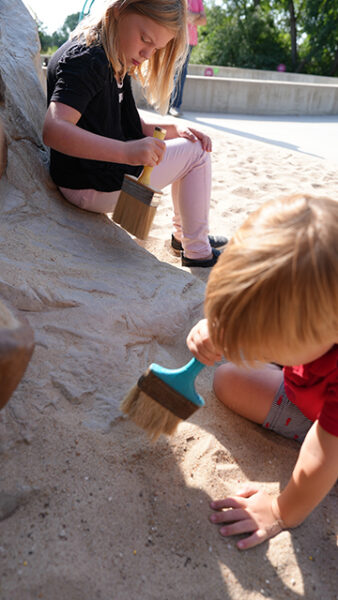
Integrated learning experiences occur when children engage multiple developmental domains in their play. For example, a child playing in the sandbox is practicing her fine motor skills when scooping and pouring sand. She develops her social-emotional skills while sharing her materials or engaging in cooperative play with other children. Her cognition skills are working away as she is taking in vast amounts of sensory information from the feel of the sand sifting through her fingers.
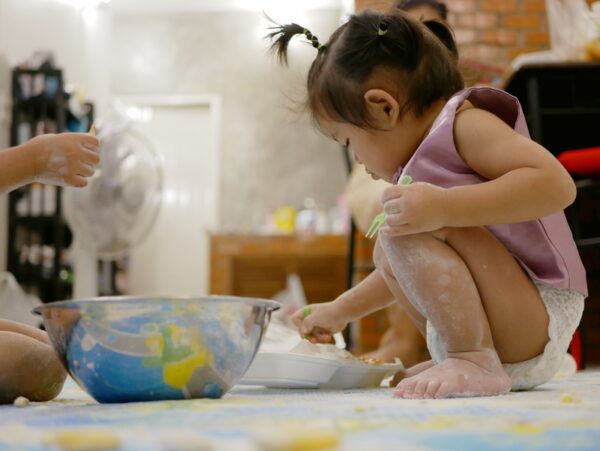
Learning is most meaningful when it is intrinsically motivated. Intrinsic motivation is at the heart of messy play. Where an adult might typically hesitate or say “no,” messy play is full of “yes” opportunities for kids. Allowing your child to be led by their own curiosities during messy play gives them the chance to explore at their natural, developmentally appropriate pace.
Opportunities for Messy Play
Messy play does not have to be elaborate! In fact, it is one of the more accessible forms of play when it comes to the supplies you need. Most ingredients for messy play can be found in a kitchen or right outside your front door. Here are just a few ideas to jumpstart your messy play endeavors:
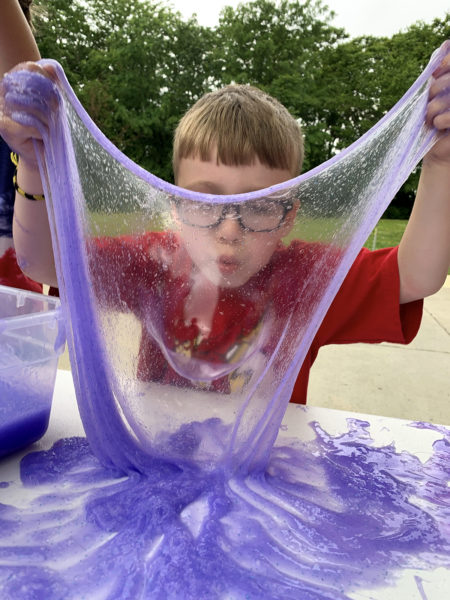
Slime
Slime is a magical sensory experience for children (and adults!) of all ages. The benefits of slime are expansive. Children build fine motor skills when manipulating the mysterious substance. They improve their ability to concentrate when they engage a multitude of senses to stretch, fold, and twist their slime (“Keep Calm and Slime On”).
You can also help your child practice the fundamental mathematics skill of measuring by creating your own slime using this basic recipe: Mix together 1 cup of white glue and 1 tablespoon of baking soda in a mixing bowl. If you would like to add color to your slime, use a few drops of food coloring. Pro Slime Tip: Use a dollop of shaving cream to make your slime less sticky!
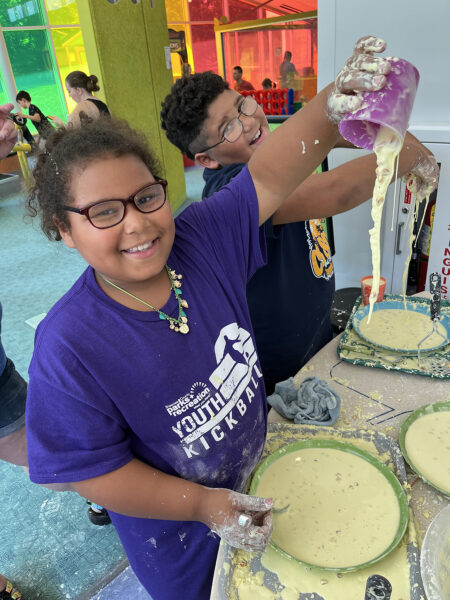
Oobleck
Is it a liquid? Is it a solid? Could it be both? Explore this non-Newtonian substance with your child to open up fascinating conversations about what constitutes a liquid and a solid. Use your hands to mix 2 parts cornstarch and 1 part water together, and explore how the oobleck switches between states of matter.
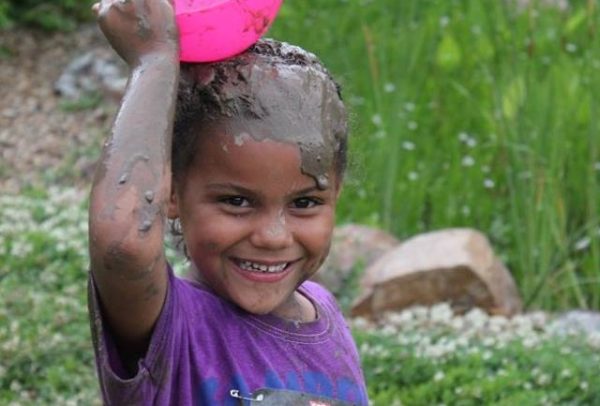
Mud Pies
Craft one of the greatest delicacies of the outdoors with the dirtiest of all materials: dirt. Playing in the mud encourages children to get outside, and it opens their eyes to the world in new ways. Natural materials such as leaves and sticks can become “tasty” ingredients. Flowers might adorn the top of a pie as the cherry on top. New studies have also shown that simple mud play might have positive effects on human mental health (Rupiper).
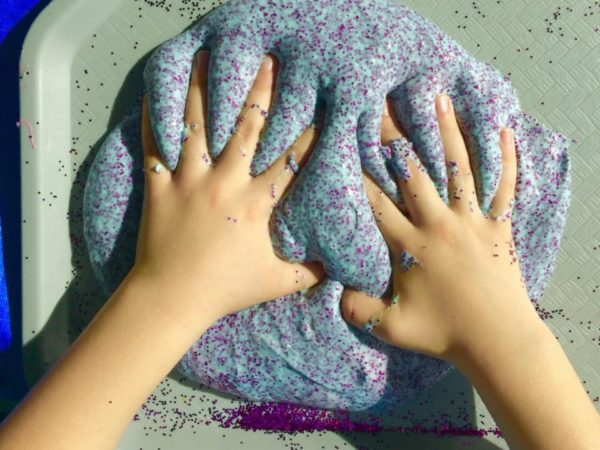
Enjoy the mess!
Sources
“Designing Messy Play for Infants and Toddlers.” ECLKC, 30 Dec. 2022, eclkc.ohs.acf.hhs.gov/publication/designing-messy-play-infants-toddlers#:~:text=It%20allows%20children%20to%20use,learning%20experiences%20children%20can%20have.
“Keep Calm and Slime On: 5 Surprising Benefits of Slime Play.” Learning Resources, 13 May 2022, www.learningresources.com/blog/keep-calm-and-slime-on-5-surprising-benefits-of-slime-play/.
Rupiper, Michelle. The Benefits of Mud Play, June 2016, www.communityplaythings.com/resources/articles/the-benefits-of-mud-play.
